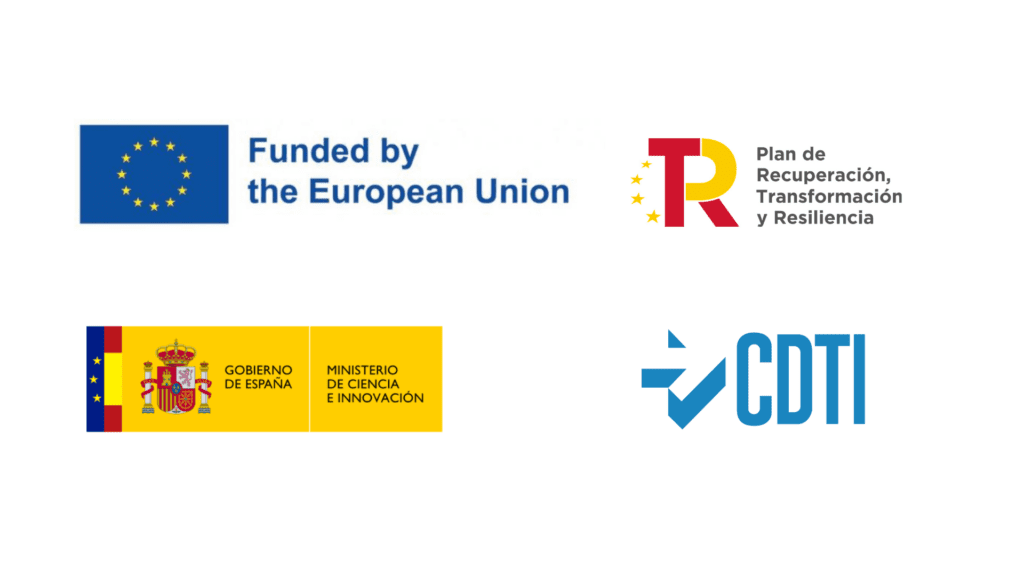Since the discovery of the structure of DNA by James Watson and Francis Crick in 1953, genetics has been a fundamental discipline in understanding inheritance and the molecular basis of life.
However, in recent decades, two related fields, epigenetics and transcriptomics, have emerged as powerful tools for unlocking the deepest secrets of our genome.
In this article, we will explore these three key aspects of molecular biology, highlighting how transcriptomics can shed light on genetics and epigenetics, and how each of these “omics” is measured and used in scientific research.


Genetics (DNA – Deoxyribonucleic Acid)
Genetics is the science that studies how traits are passed from parents to their offspring. These traits are encoded in DNA, which is a genetic material found in the cells of all living things.
DNA is organized into structures called genes, which contain the instructions for protein synthesis and can define physiological traits, such as eye color or height.
DNA sequencing has revolutionized genetics, allowing the identification of genes responsible for hereditary diseases.
But genetics is not deterministic, as your genetic code gives you probabilities of having one disease or another in the future, but you may never have it if you live a healthy life according to your body’s needs.
Example: Genetics is like having a set of sheet music. Each sheet contains the exact instructions for playing a song.
These sheet music (genes in DNA) determine how our body is built and functions. By studying genetics, we are learning how these sheet music are written and executed to create the music of life.
Epigenetics (EPI – Above or Beyond Genetics)
Epigenetics is the study of changes that affect the expression or activation of genes without changing the DNA sequence. These changes occur in the DNA or in histones, which are proteins that surround DNA.
Epigenetic modifications can be inherited from parents to offspring and play an important role in development, cell differentiation, and response to environmental factors.
In other words, epigenetics acts as a set of switches that “turn on and off” certain genes and regulate whether they are expressed or not depending on the circumstances.
Example: Epigenetics is like the special annotations that a musician adds to their sheet music. Imagine someone playing a piano piece, but on the sheet music, they write “play softly here” or “play loud there”.
These annotations (epigenetic modifications) do not change the notes of the song, but they influence how the music is played. They are like secrets that tell the musician how to interpret the song.
Transcriptomics (RNA – Ribonucleic Acid)
Transcriptomics is the study of the set of RNA molecules that are produced in a specific cell or tissue at a given time.
In simpler terms, transcriptomics is the study of how genes are expressed or activated in a cell or tissue. Gene expression is the process by which DNA is translated into proteins. Proteins are the molecules that perform most of the functions in cells.
Example: Transcriptomics is like listening to a live recording of a song while it is being played. Instead of looking at the sheet music or the annotations, we listen to the music in real time.
RNA is like the live music recording that allows us to understand which parts of the song are being played at that moment and with what intensity. It is like being at the concert and listening to the live performance.
Advantages of Transcriptomics
Transcriptomics offers crucial advantages. It allows us to analyze both genetics (DNA sequence) and epigenetics (chemical modifications), as gene expression is influenced by both. In addition, it provides a dynamic view of gene activity at a specific time, which allows us to understand how cells respond to stimuli and environmental factors.
Example: Transcriptomics is very powerful because it allows us to not only look at the sheet music (genetics) and the annotations (epigenetics), but also listen to the real music (transcriptomics) that is being played live.
This helps us understand how genetic instructions and epigenetic influences are executed in real time. It is like experiencing the music in action, which allows us to discover how the “concert” of life works in our body.
In conclusion, genetics, epigenetics, and transcriptomics are three interconnected facets of molecular biology that help us better understand the complexity of life.


